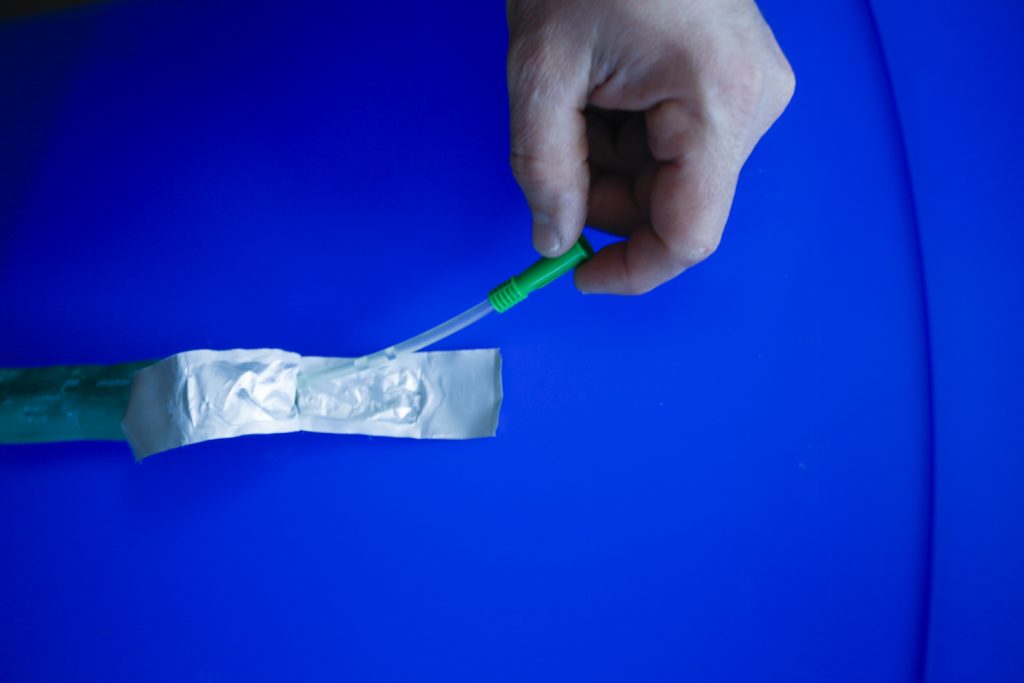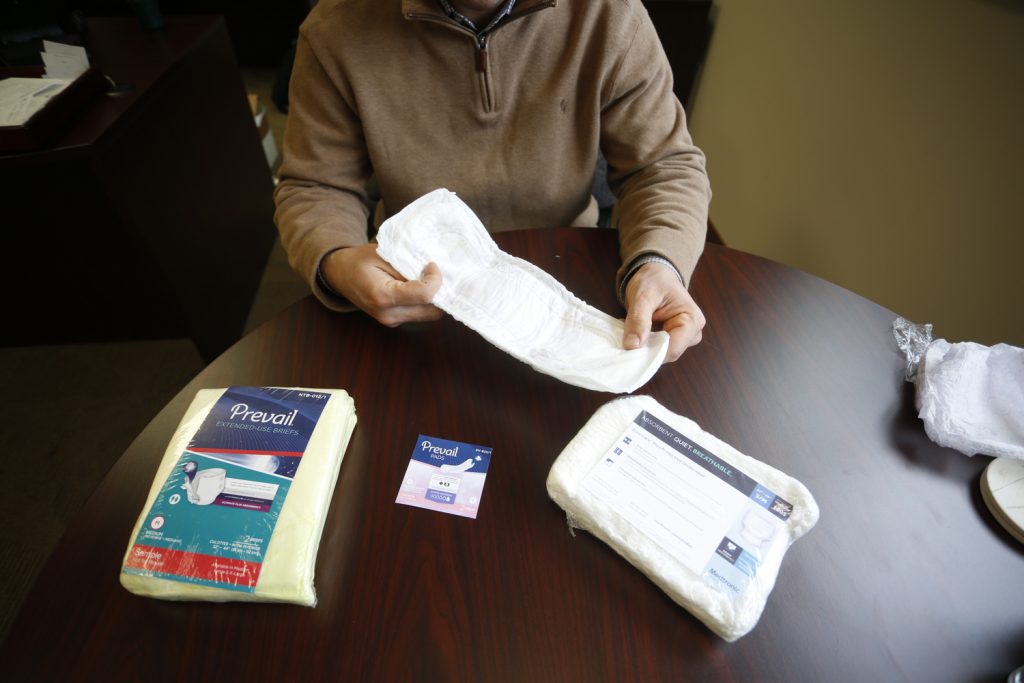Washing Your Catheter

Is washing your catheter a good idea? Ask a nurse that has been in the industry and she/he may talk to you about when we as a society saw washing catheters and needles as an appropriate practice. However, as we know needles carry unwanted microorganisms that we can’t remove. The same is said about washing catheters. More importantly a sterile environment to wash them in is extremely difficult to establish. It takes only one microorganism to multiply on your product to result in a urinary tract infection. In this link from WEBMD they recognize that the average kitchen sink is dirtier than your toilet. https://www.webmd.com/women/features/places-germs-hide#1 The cost for hospital treatment of a catheter associated urinary tract infection compared to a catheter itself is drastic. Consider your health next time you think of washing your catheter.
Thicker Is Better In Steaks & Wallets… But Not Incontinence

To be or not to be…thicker is better..right? Maybe in steaks and wallets; but when it comes to incontinence thicker doesn’t always equate to more absorbency. In fact, the material that increase the thickness, the pulp, in reality has minimal absorbent qualities. The function of this product is actually more purposeful to hold the polymer in the manufacturers predetermined place. The polymer which absorbs multiple times its weight is the absorbent factor in incontinence. However, trying to find polymer in your incontinence product is next to impossible unless you open up the products and sift through the inner workings of a protective underwear, pad, or brief. We talk about this daily as the functionality of incontinence products are rarely discussed in detail. Call us today if you’d like to learn more.
Doubling Up

Who would have known? Two is better than one, right? Wrong! Lately, we hear a number of clients talking about doubling product or using protective underwear at the same time they are using pads. Sound bulky? Well it is and rather ineffective. Most pads and protective underwear are designed to work independent of each other. Therefore, when used in conjunction with one another you experience unanticipated results. Most particularly the pad forces the void, once full, to roll over the sides to be absorbed into the protective underwear. This isn’t an optimal solution; as at this point the urine is further from centerline and closer to the perimeter increasing the likelihood of leakage. There are pads on the market that are permeable, but even utilization at this point increases thickness of items used and potential heat buildup.
